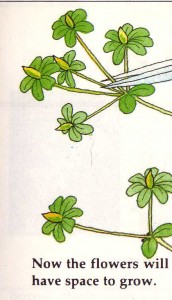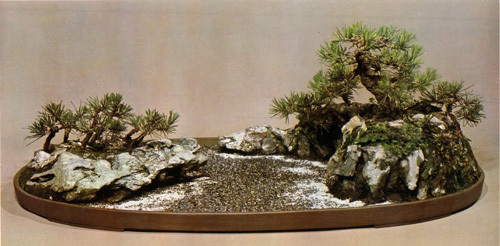
Peaceful Lagoon, our third in a series of plantings from Toshio Kawamoto’s Saikei classic. The trees are five to twenty-year-old Japanese black pines. The pot (Tokoname) is similar to the ones in the previous two landscapes, though quite a bit larger.
An invitation
The purpose of this section is to show how to create a saikei that depicts a peaceful lagoon just off the ocean. The photo taken together with the drawings (below), create the impression that the author is inviting you to duplicate his work.
Attention to detail
If you look at all the elements: the rocks, the trees, the moss, the gravel (water) and the white sand (foam), you can see that their placement and their relative sizes (scale) creates a near perfect effect. Everything makes sense (except maybe the size of the pine needles, and somehow that’s easy to overlook).
A transporting effect
A good saikei almost convinces you that it’s a large landscape in nature. It’s easy to imagine that you are standing on a large rock on the bank of the lagoon, and that the small gap in the back opens to the ocean. The wind, which blows off the ocean bends all the small trees toward the lagoon. You can almost feel it in your hair and taste the salt air.

Front schemata. The pot is 37? x 20? (94cm x 51cm) unglazed oval by Tokoname. There are 10 Japanese black pines that range from 5 to 8 inches (13cm to 20cm) tall. There are nine river rocks (numbered above and below) that range considerably in size. The soil is regular bonsai soil (he doesn’t say which regular bonsai soil, but the Japanese almost always use akadama or an akadama mix for conifers). The other materials are river sand and white sand.
Pirates
At least one blog has been pirating our posts, lock stock and barrel; but without our links and without any attribution to bonsai bark, or Stone Lantern. If you are reading this on any website or blog that is not ours, and is not attributed to us, then it has been pirated. Please visit us at bonsaibark.com. Thank you.
Continue reading A Lost Treasure #4: Peaceful Lagoon
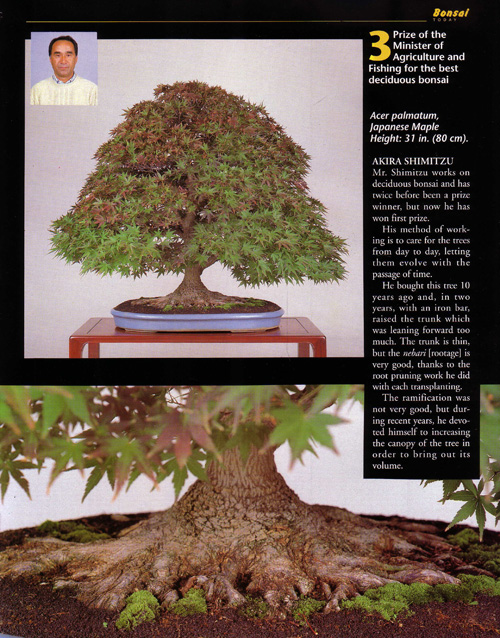
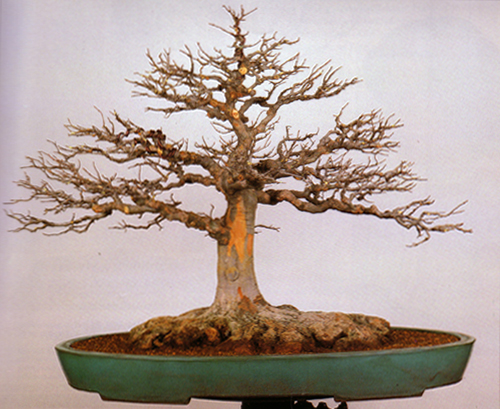


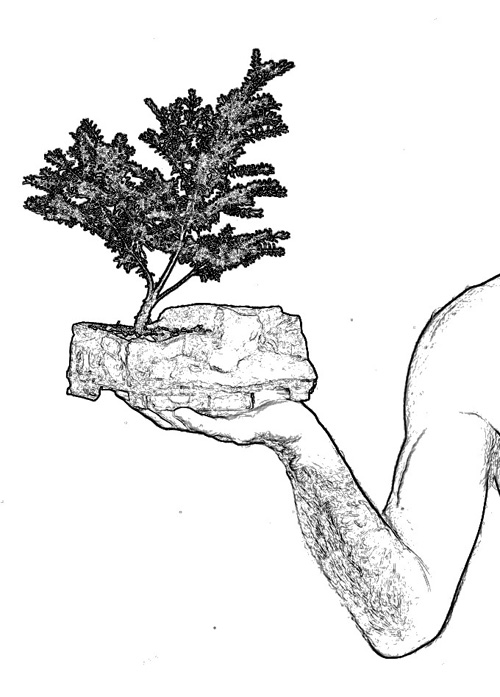
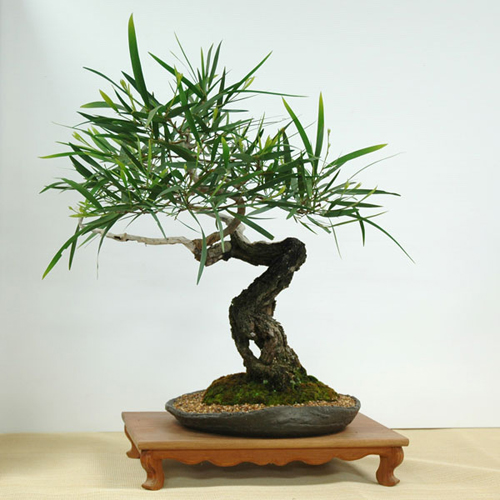
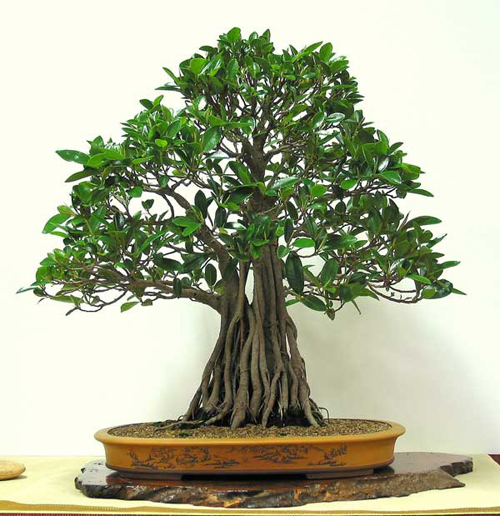

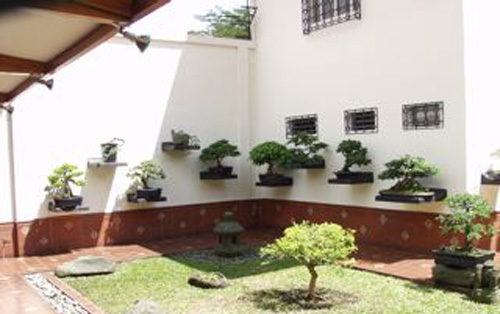
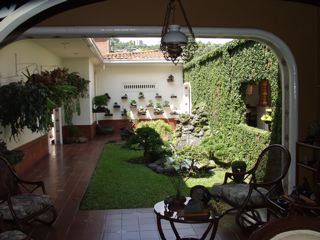
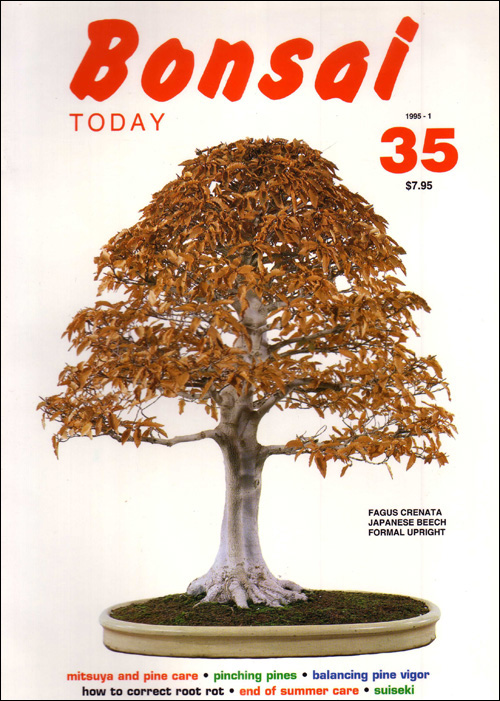

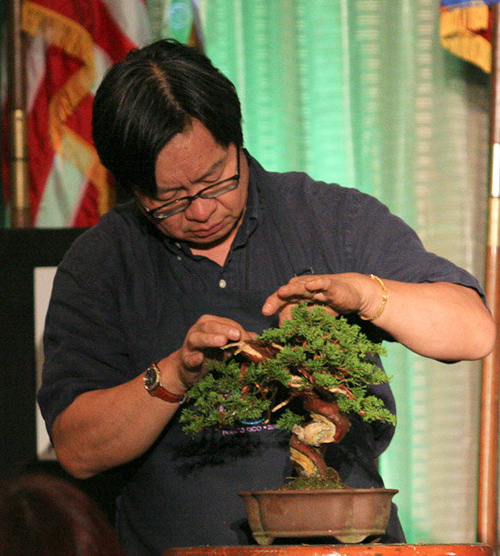
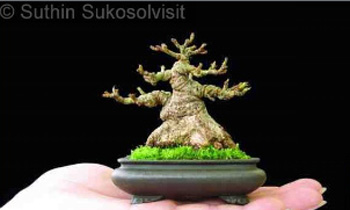
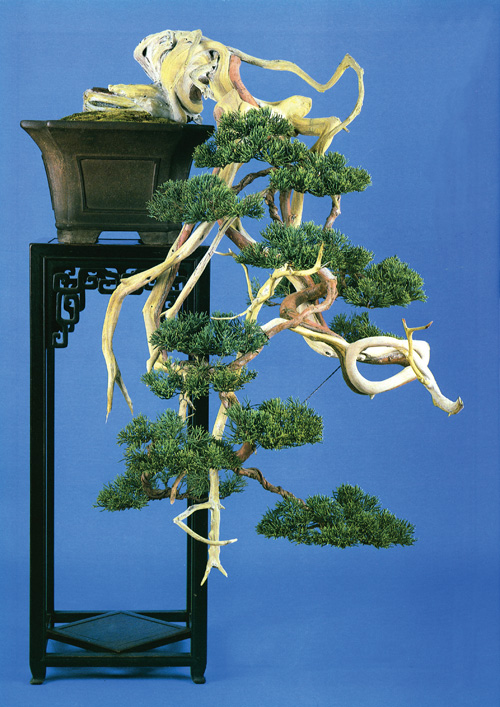
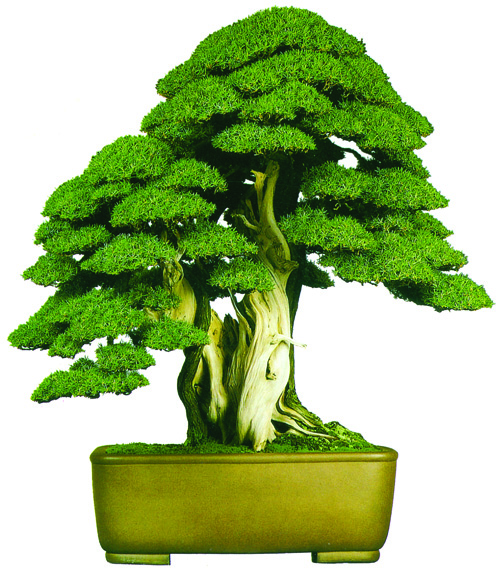 A not particularly eccentric bonsai. This powerful and tranquil old Needle juniper is probably Shinji Suzuki’s best known tree. It originally appeared on the cover of
A not particularly eccentric bonsai. This powerful and tranquil old Needle juniper is probably Shinji Suzuki’s best known tree. It originally appeared on the cover of 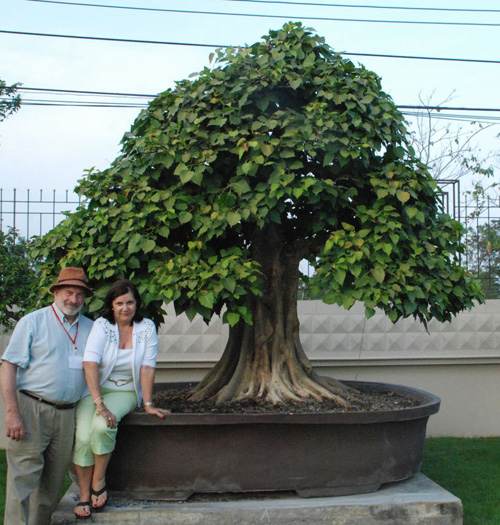
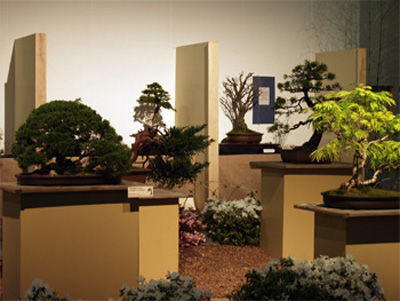
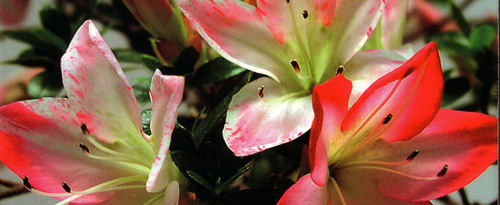 Azalea flowers from the cover of
Azalea flowers from the cover of 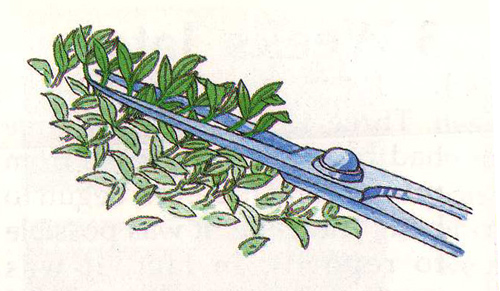
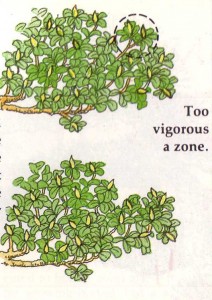 Thinning overly vigorous and dense growth. This helps open up the tree and forces energy into weaker zones. In this illustration the thinning is done in the fall after next years’ flower buds have set.
Thinning overly vigorous and dense growth. This helps open up the tree and forces energy into weaker zones. In this illustration the thinning is done in the fall after next years’ flower buds have set.